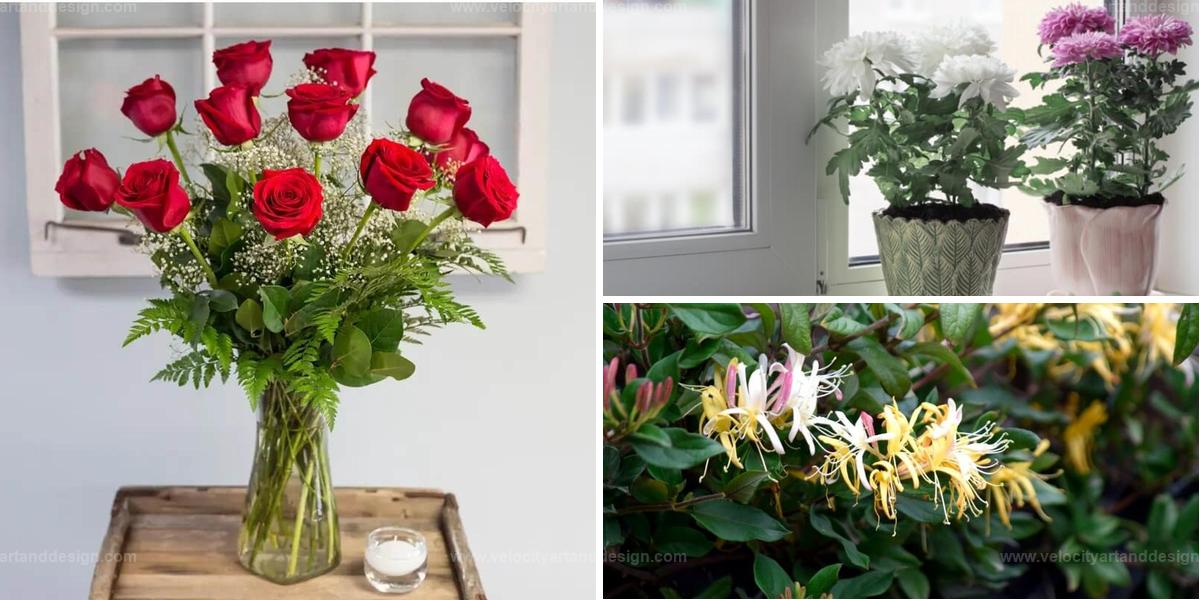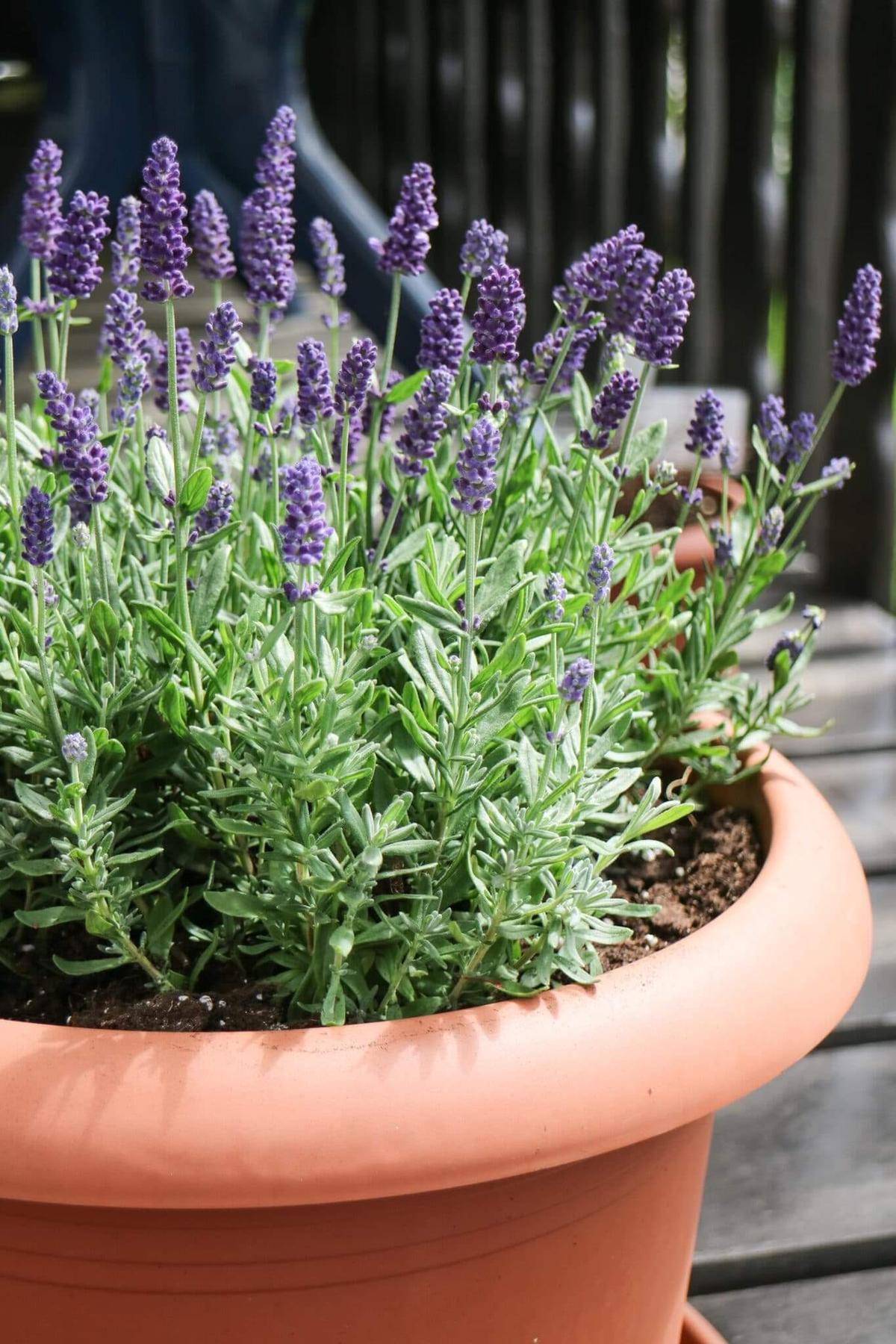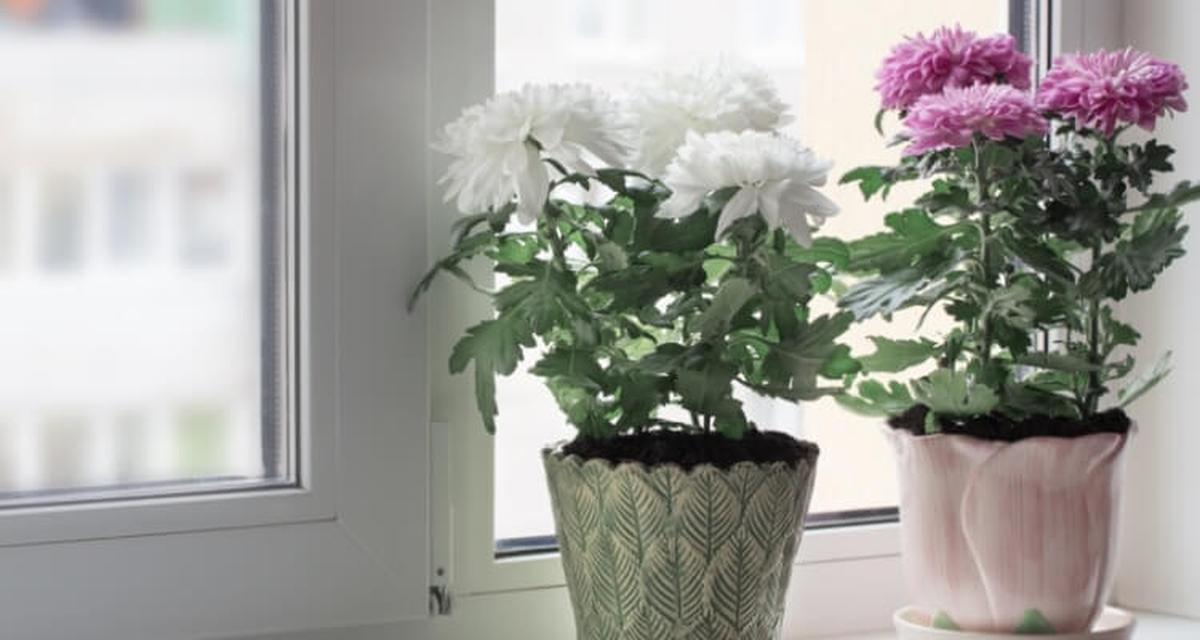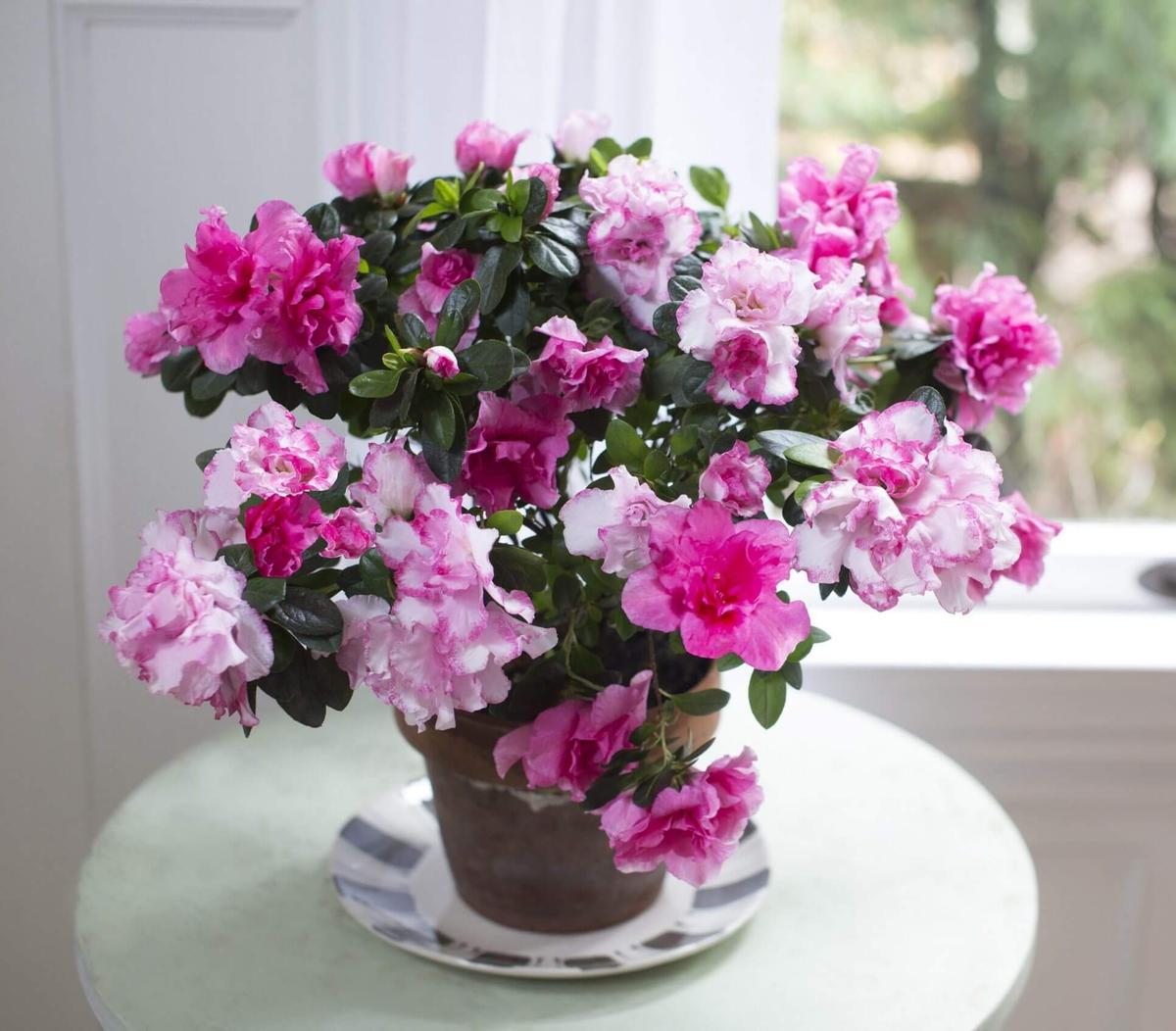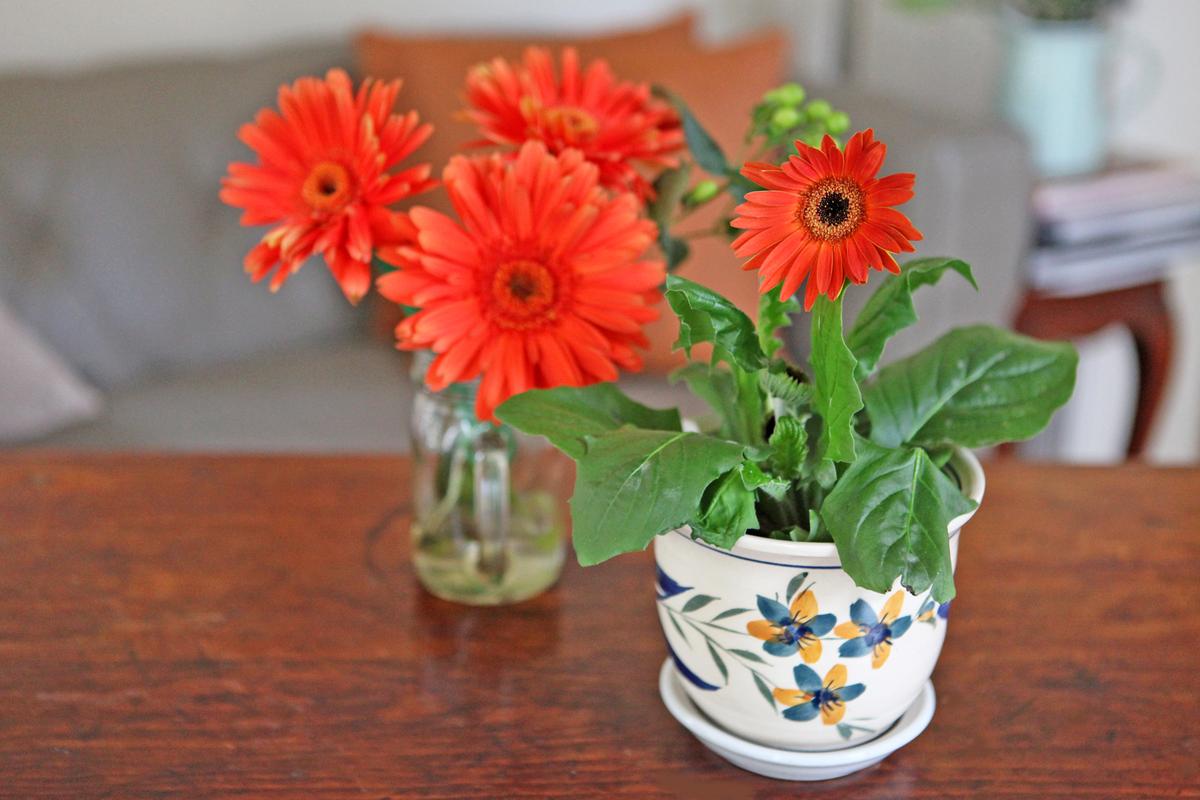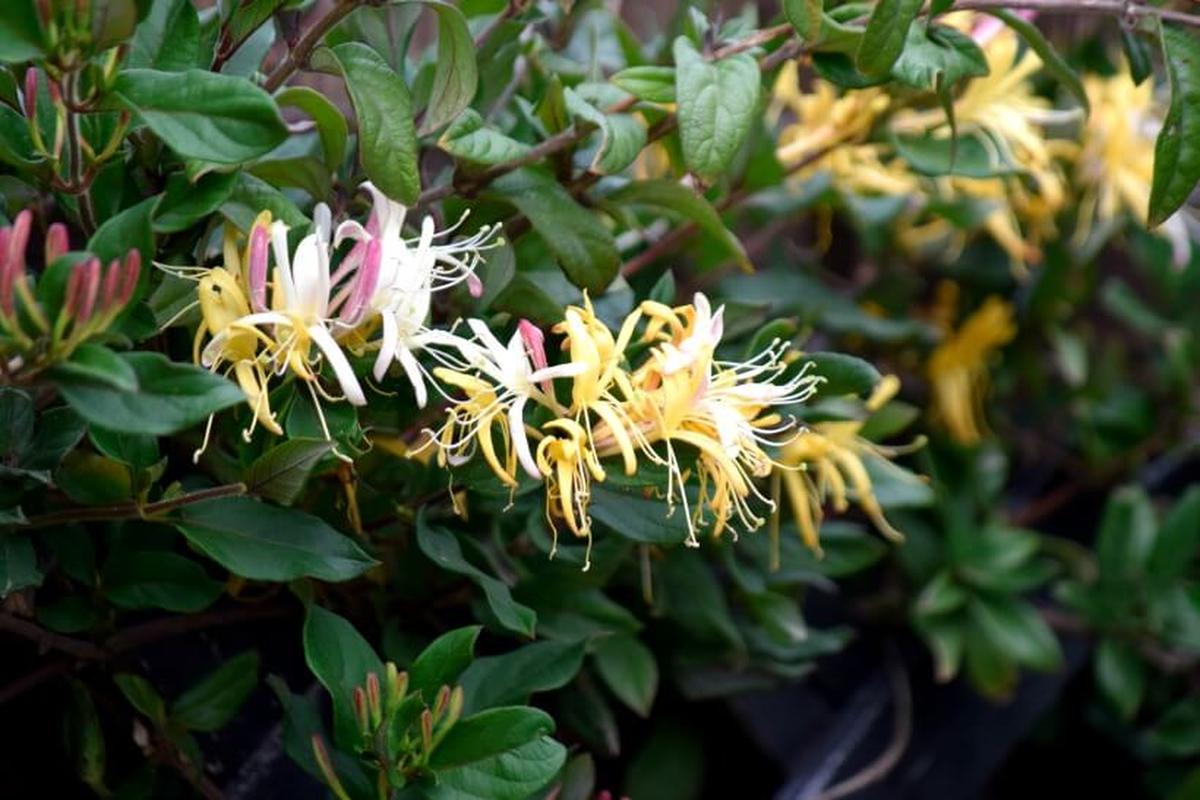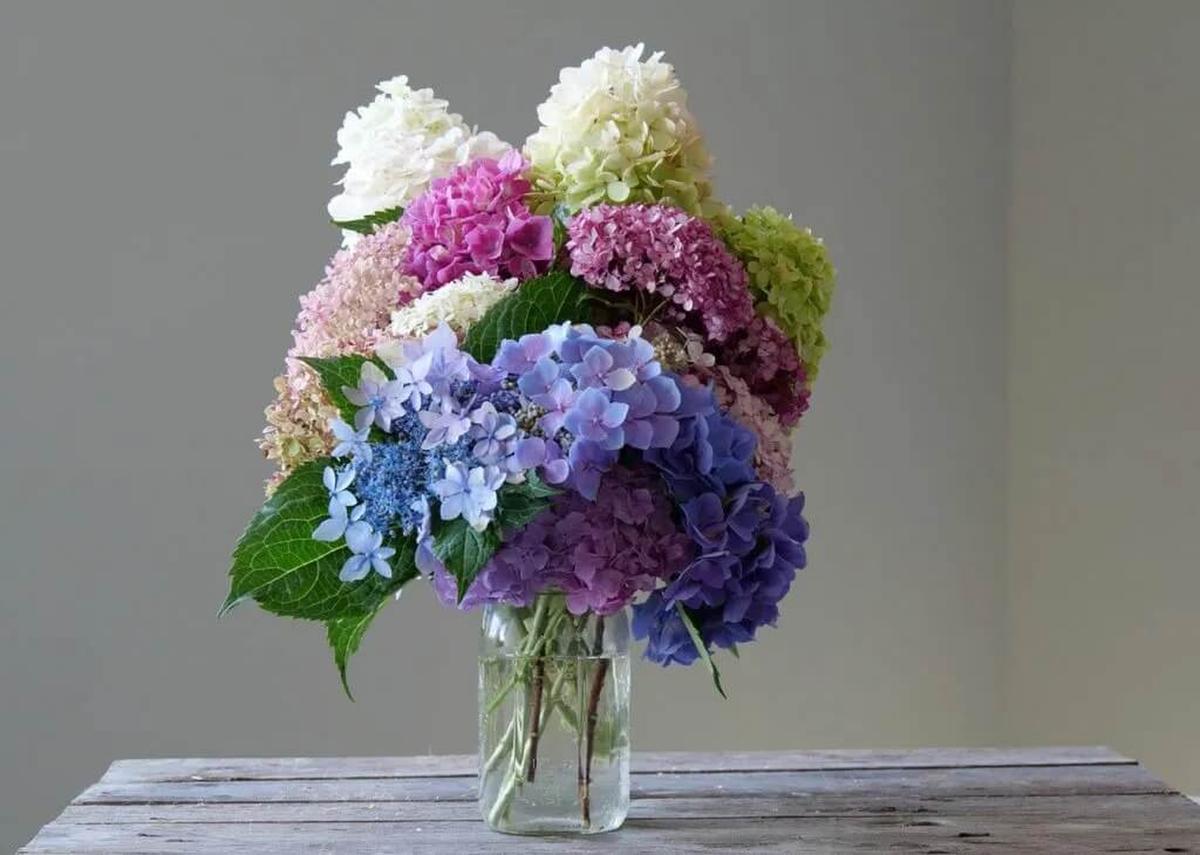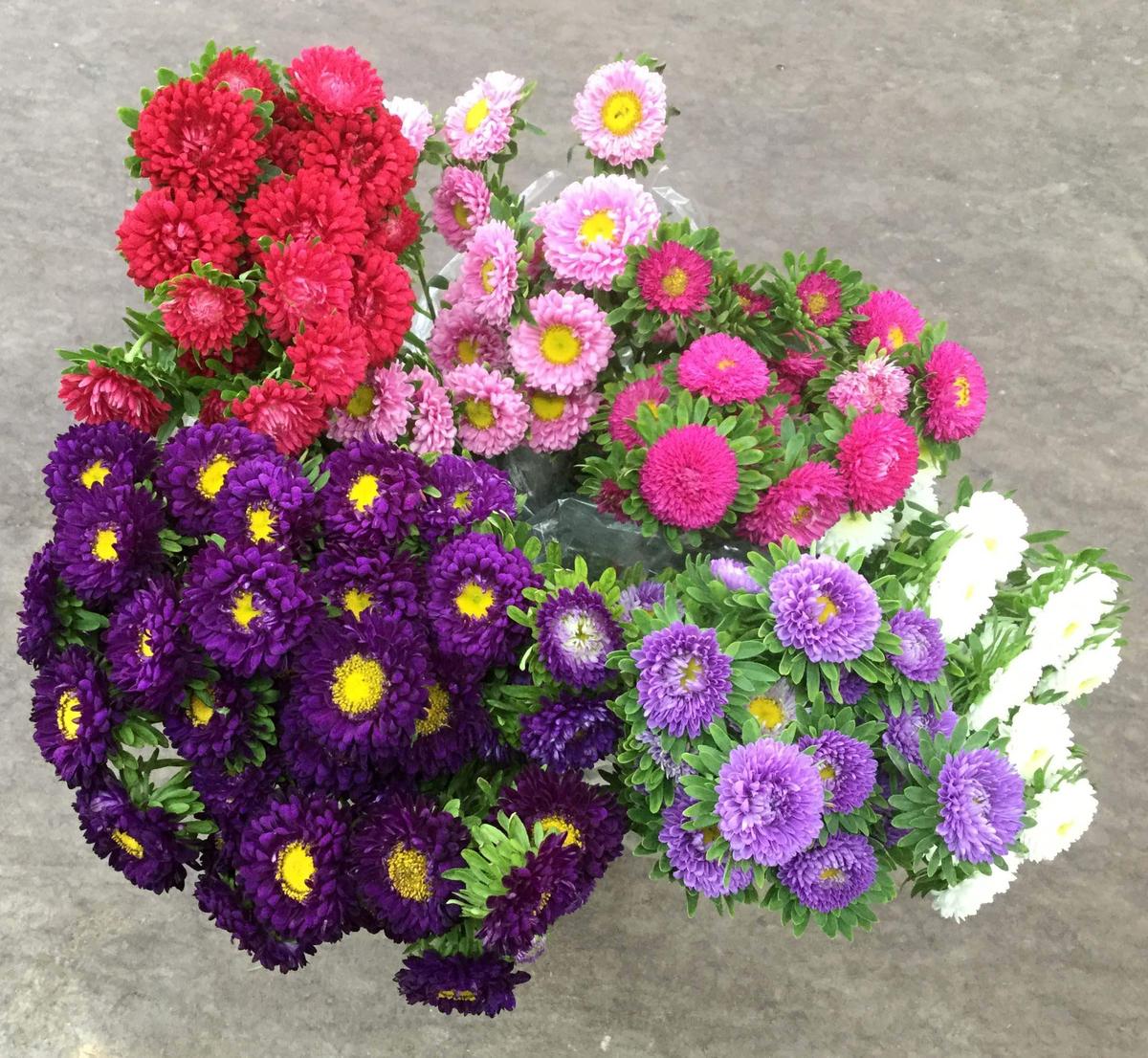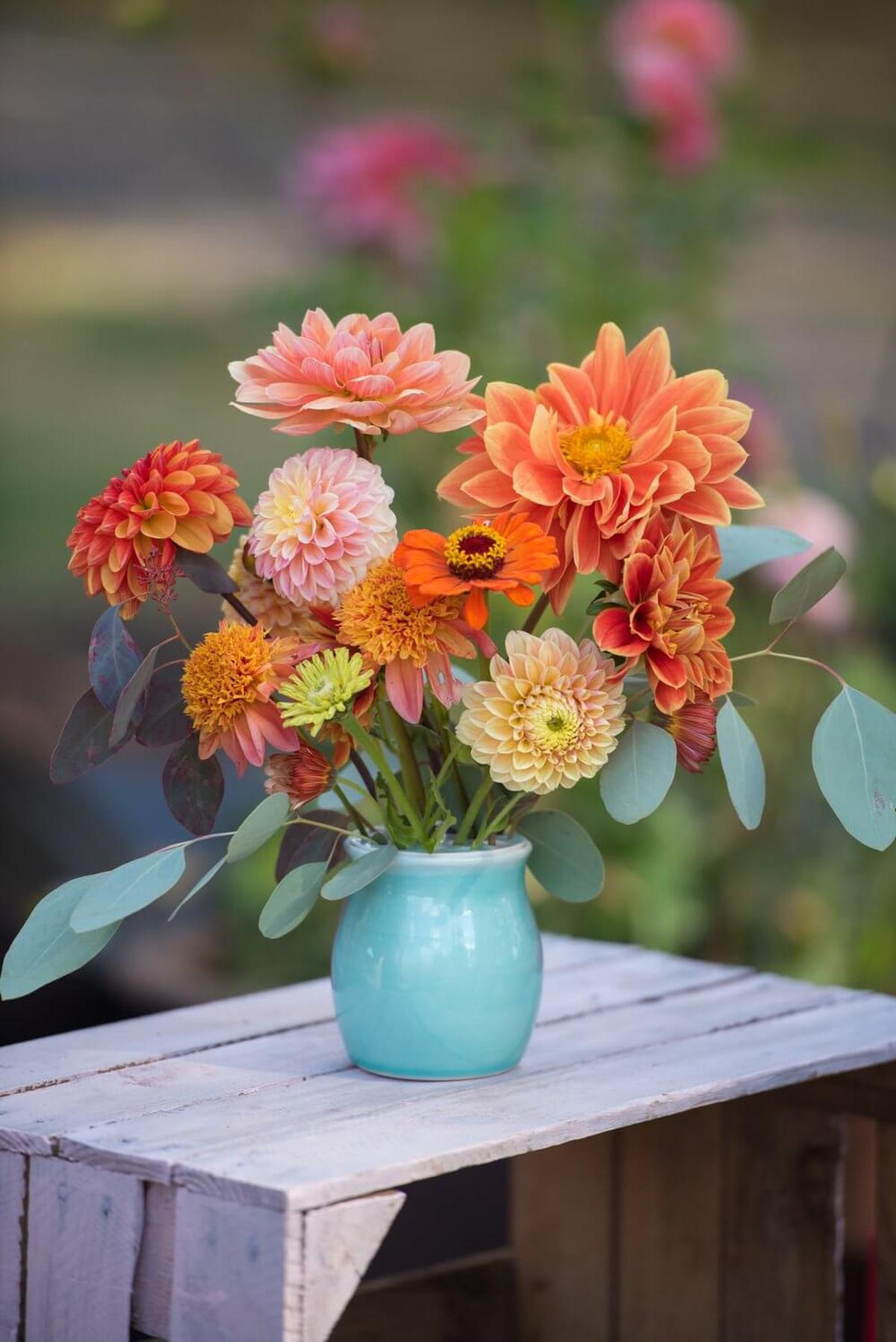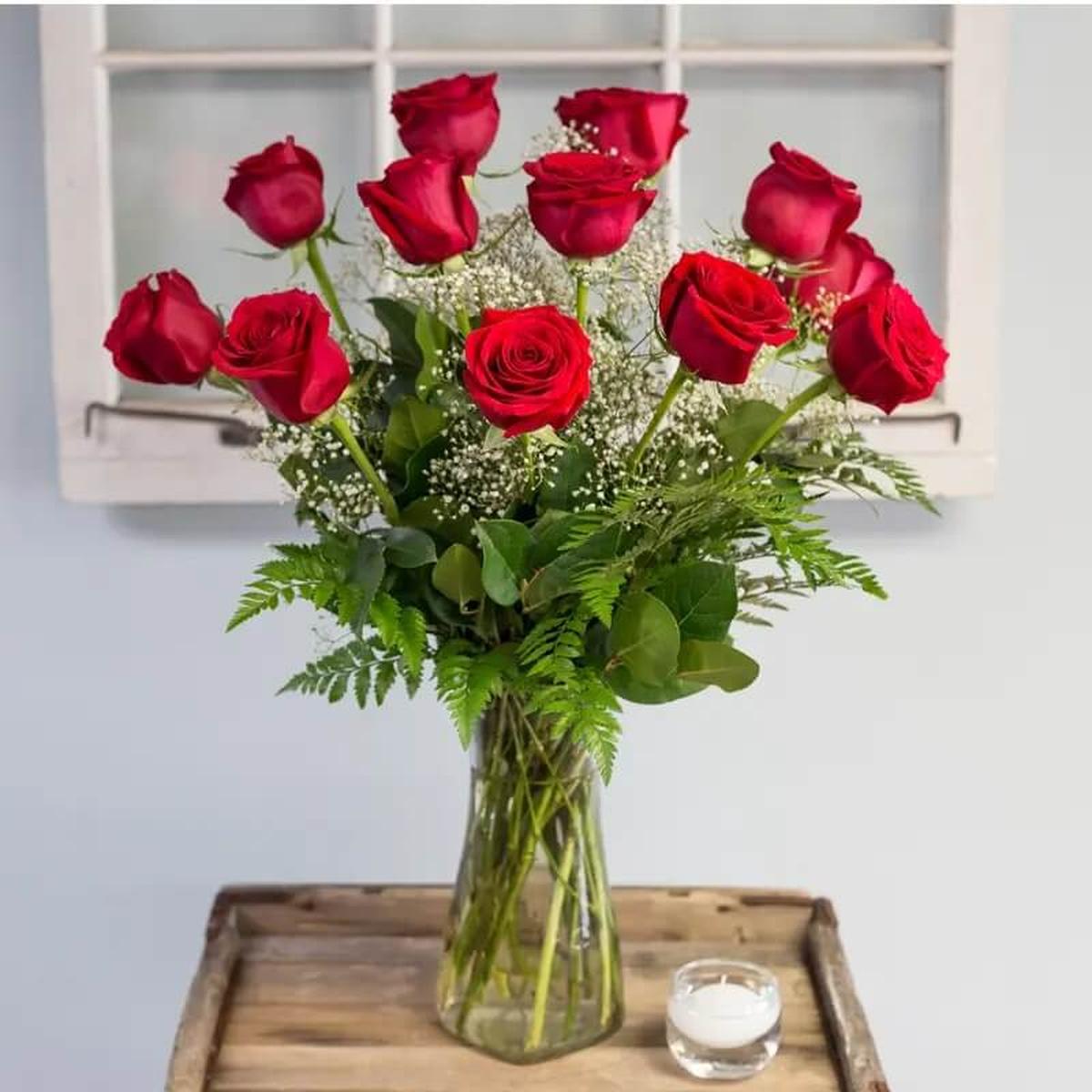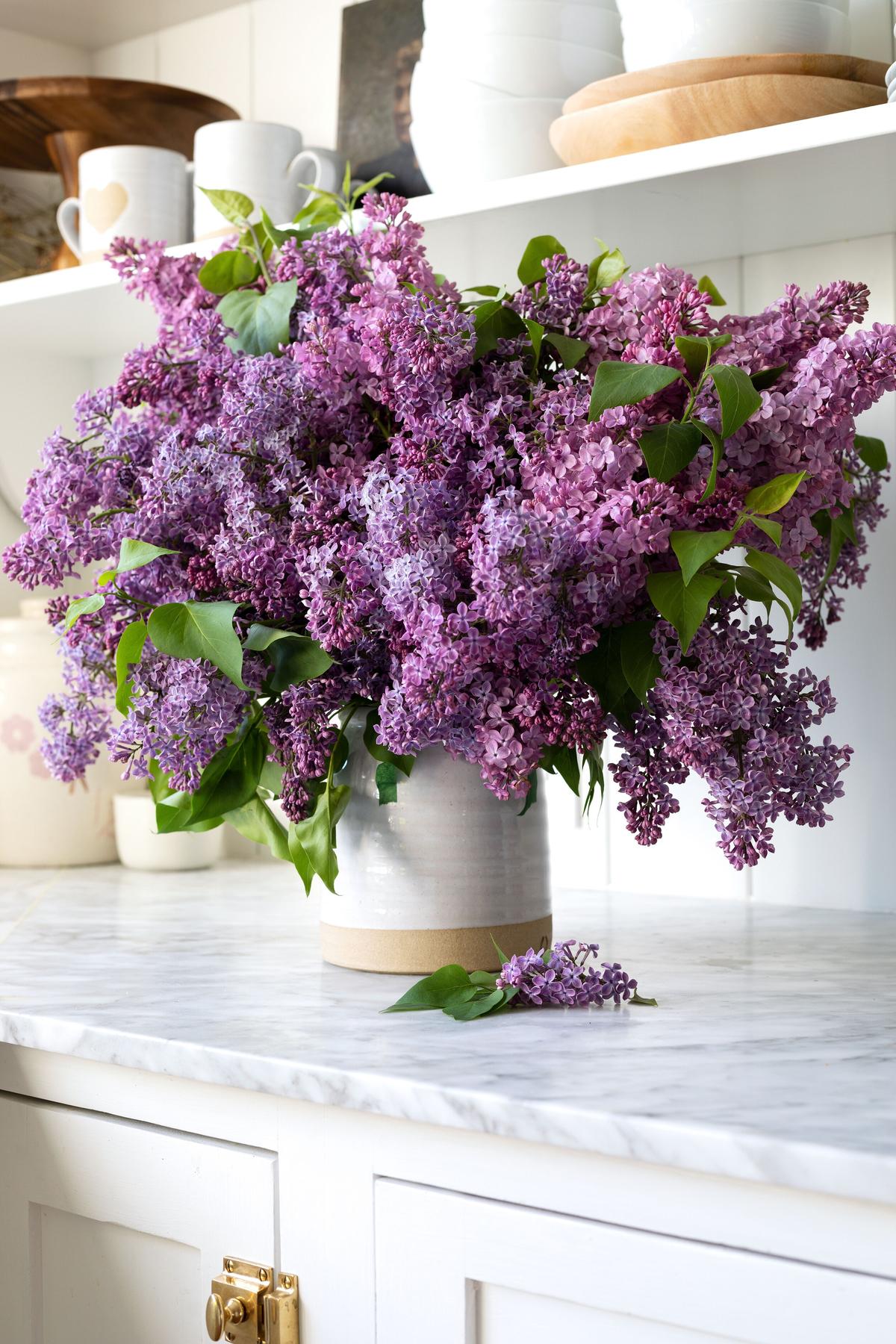10 Beautiful Cut Flowers You Can Regrow From Your Bouquet for Free Blooms
Have you ever wished your beautiful bouquet could last forever?
While the flowers may fade, many cut flowers can actually be propagated from their stems, giving you a chance to regrow them for free.
By learning how to propagate these blooms, you can enjoy a continuous supply of your favorite flowers, turning a one-time bouquet into a thriving, long-lasting floral display.
In this guide, we’ll show you 10 stunning cut flowers that can be propagated from a bouquet, allowing you to extend their life and beauty in your home garden.
Lavender
Lavender can be regrown from cuttings by selecting healthy stems and cutting a few millimeters from the bottom. Dip the cut end into a rooting hormone before placing it in potting soil.
Roots will appear within 3-5 weeks if kept in bright, indirect light. This method gives you the opportunity to enjoy lavender’s calming scent while growing a fresh plant at home.
Chrysanthemum
Chrysanthemum cuttings grow well when prepared with care. After cutting the ends, dip them in rooting hormone and plant in a mixed soil pot.
Bright indirect light helps speed the rooting process, which typically takes a few weeks. You’ll love watching these vibrant blooms return to your garden in no time.
Azalea
Azalea cuttings require a sharp shear to trim half an inch from the bottom before dipping in rooting hormone. Planted in well-draining potting mix and kept in indirect light, roots will appear after 4-6 weeks.
You will appreciate the burst of color this flower brings when grown through this simple propagation method.
Gerbera
Gerbera can be propagated by using a stem cutting that is 6-8 inches long. After removing any buds, flowers, and leaves, dip the cut end into a rooting hormone and plant in potting soil.
New roots will form after several weeks, offering you the chance to enjoy fresh blooms indoors or outdoors.
Honeysuckle
Honeysuckle is incredibly easy to propagate in either water or soil. Remove leaves, keeping two at the top, and plant the cut end in a seed-starting mix.
Roots form in 2-4 weeks, giving you a low-maintenance way to enjoy honeysuckle’s fragrant blooms. The beauty of honeysuckle’s growth cycle makes it a rewarding plant to propagate.
Hydrangea
Hydrangeas grow well from cuttings when taken from stems with healthy leaves. Remove the bottom leaves, leaving the top intact, and plant in a mixture of 50% peat moss and 50% perlite or sand.
Roots form in 3-4 weeks, giving you a lush addition to your garden. Hydrangeas bring a soft elegance with their full blooms and delicate shades.
Aster
Asters can be propagated from a 3-5 inch cutting placed in a well-draining medium. Cover the cuttings with a plastic bag to retain moisture, and in 4-6 weeks, roots will form.
This process helps you grow asters, enhancing your garden with their delicate blooms and bold colors. Asters’ ease of growth makes them perfect for beginner gardeners.
Dahlia
Dahlias thrive when grown from a 3-6 inch cutting dipped in rooting hormone and planted in well-draining soil. Bright indirect light helps them take root within 2-3 weeks.
This method allows you to bring the stunning beauty of dahlias back into your garden with minimal effort, ensuring a vibrant display year after year.
Rose
A simple rose cutting can lead to beautiful regrowth. Take a stem from your bouquet, dip the cut end in rooting hormone, and plant it in a small container with water and soil.
You’ll see roots develop in a few weeks, bringing new life to your favorite rose variety. Roses regrown this way have the charm of a fresh start and a lasting impact on your garden.
Lilac
Lilac propagation begins with a half-inch cut at the bottom of the stem. After dipping the end in rooting hormone, plant the cutting in a pot and cover with a plastic bag to maintain moisture.
Roots will develop over 6-8 weeks, allowing you to grow this fragrant flower at home. Lilacs bring a touch of romance and nostalgia to any garden with their signature scent.

